August 19th is World Photography Day. We asked Icons8’s in-house photographer Dimitry Nikulnikov, who shoots for Moose photo stock, to share the perks, pitfalls, and secrets of the work of a stock photographer.
— Does stock photography differ from other photography genres?
— Yes, definitely. The purpose of other genres is mostly to capture something stunning, beautiful, unique, or rare. With stock photography, your main goal is to picture everyday life and basic activities, something very relevant for many people. Stock photography is strictly utilitarian and aims to cover other people’s needs. It sounds boring, but it’s not.
— Where do you find models for stock photography?
— Mostly, professional communities on social media and modeling networking sites where models post their portfolios.
— How do you choose models? Are there any specific traits of appearance that make a person a perfect model for a stock photographer?
— I wouldn’t say there are any specific features. It’s mostly all about fine facial qualities, a nice smile, and positive vibes.
As I’ve said, stock photography reflects everyday life. There are all kinds of people out there, with different body shapes and faces, but all of them are related to a specific task we are working on.
Moose photo stock is always aimed at diversity. That’s why we’ve been working with lots of very different models of all ages and races.
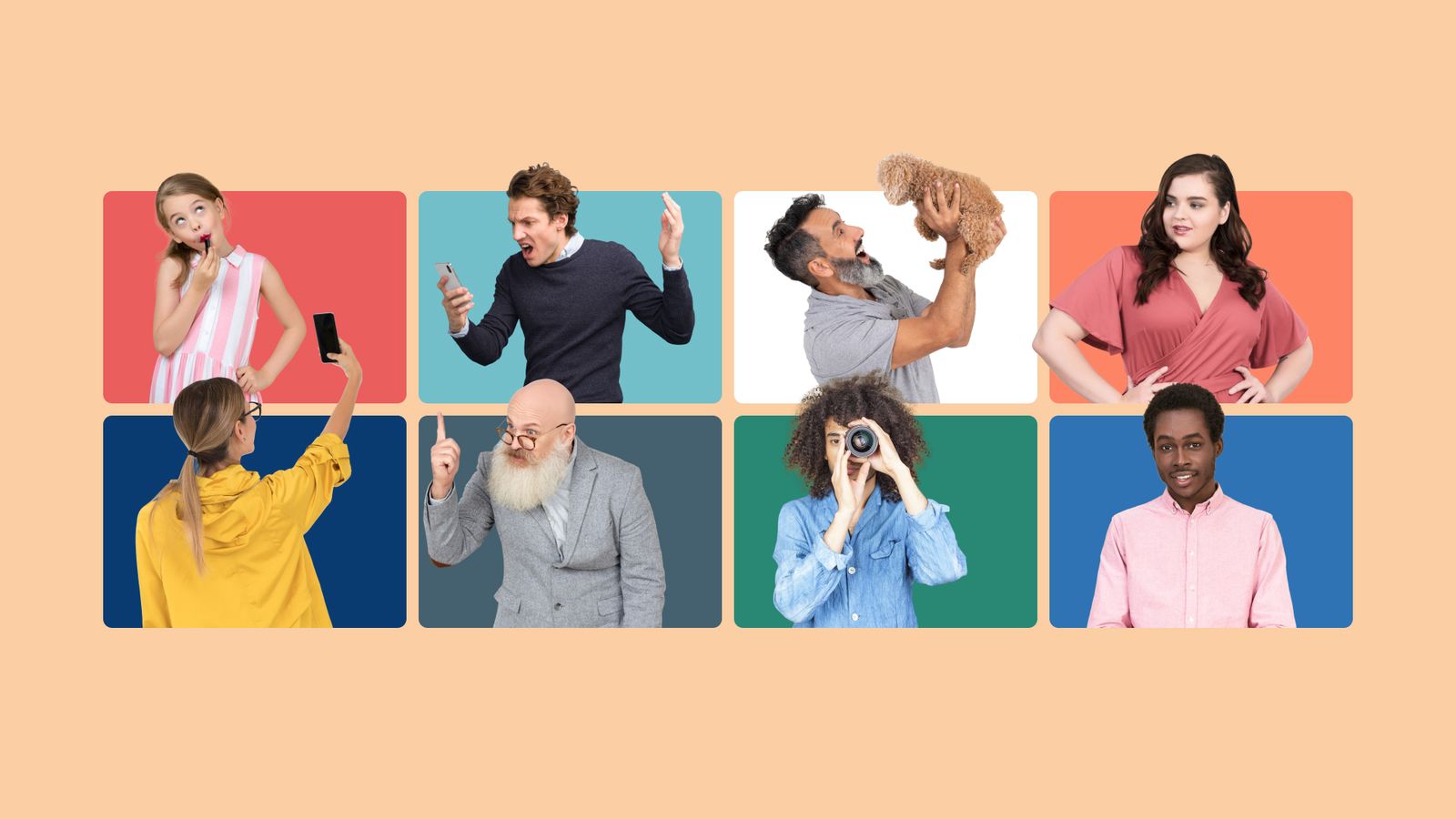
— Okay, here goes the million-dollar question. What is the secret to looking good in photos?
— Confidence. I know that standing in front of a whole crowd of people staring at you expectively is a lot. And it’s okay to feel shy. But overcoming that shyness, relaxing, going with the flow, and having fun is crucial for a successful photo shoot. And it’s easier when you are working with a friendly and supportive crew. Like ours:)
— I’m sure you know about all those posing checklists that are so popular right now. Can they be of any help on set?
— Sure! We ourselves used a lot of photo references in our work. For each photo shoot, we have an inspirational moodboard with relevant poses, clothing, and props. Using other people’s successful experiences can be of immense help.
As for the checklists, if all those poses you’ve learned and practiced in front of the mirror make you feel more confident on set, then use them.
— OK, we made it clear about people, but what about animals? I know that you’ve worked with quite a bunch. How was it?
— Terrible! Don’t get me wrong, animals are amazing. Unfortunately, they don’t give a rat’s ass (metaphorically speaking) about your work, your task or your layout.
— What animals have you worked with?
— Let’s see… A spider, a snake, a few cats and dogs, a piglet, a raccoon, and mice.
[smartslider3 slider=”15″]
— Which was the hardest to handle on set?
— The raccoon. A very independent, fidgety animal — minds its own business, goes wherever it wants, never sits still. It doesn’t care about the scene, posing, staying in the spotlight, or whatever stuff you want it to do.
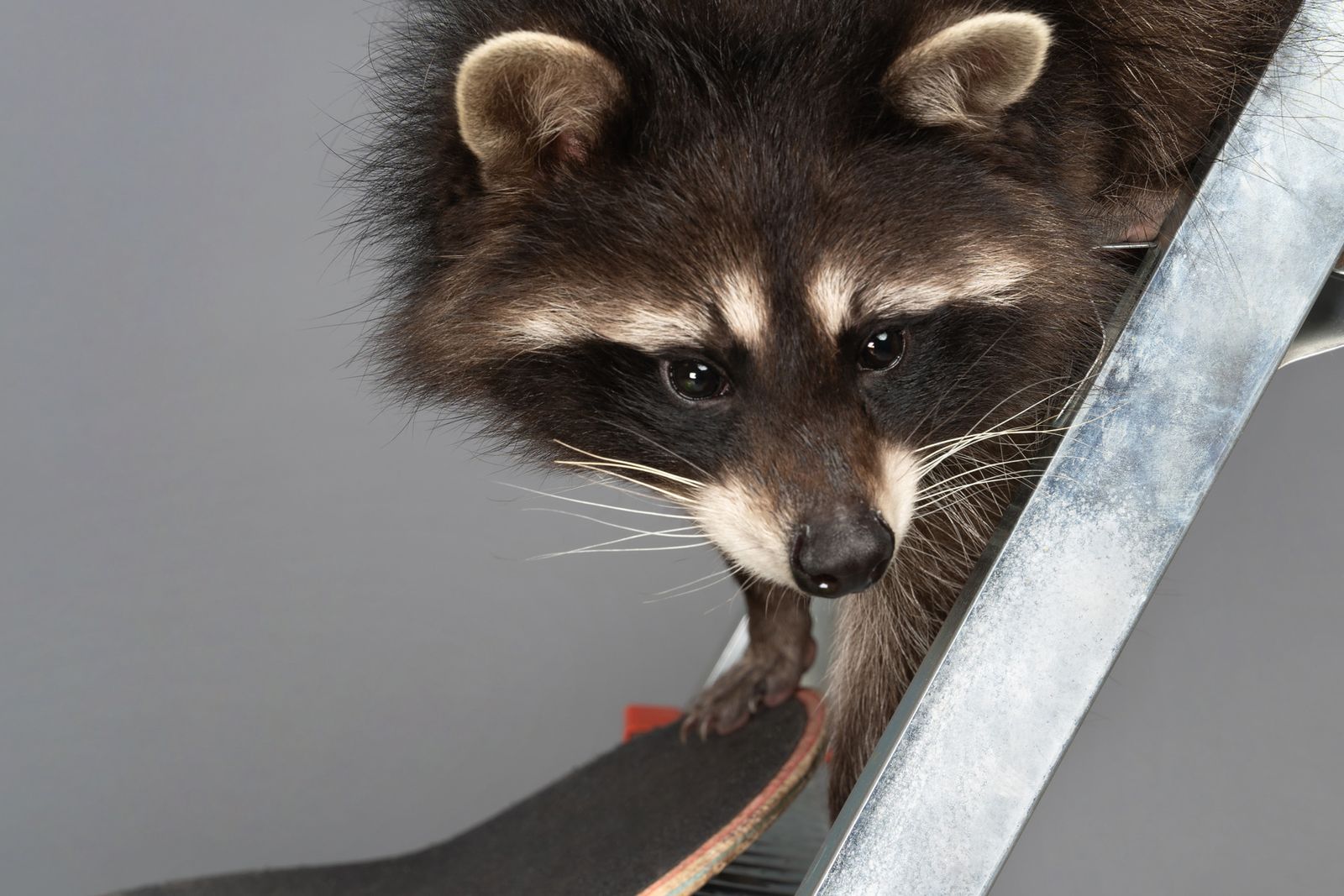
— It looks cute though…
— Don’t get me started. It was the most disastrous and expensive shooting of all. The furry rowdy was scampering around the set, grabbing stuff, trying to climb everything it could possibly climb. It spilled water over the paper backdrop, scared the cat to death, almost broke a lighting tripod.
Beautiful composition? Experiments with light? Cute posing? You wish. We were praying to the gods for at least one good shot.
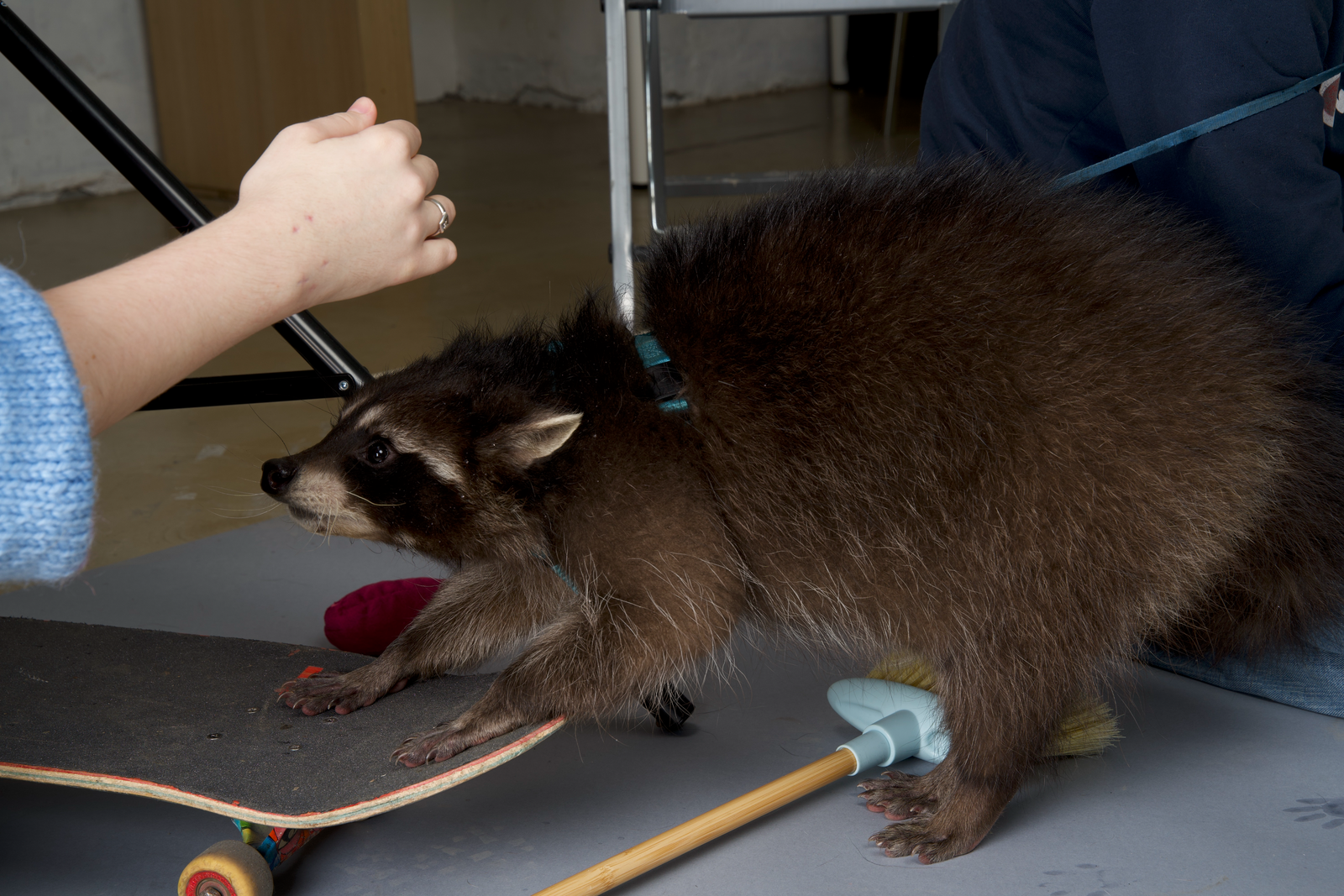
— Which was the easiest animal to work with?
— The spider and the snake. Both are slow and indifferent to the surroundings. You could place a spider anywhere and it would look cool. As for the snake, it’s a great partner for photo posing: responsive, flexible, and charismatic.
— Okay, how about inanimate objects? It must be a lot easier to work with objects than with living beings. Is that so?
— Sure, although there are a number of difficulties as well.
For any photo shoot, the most important thing is lighting. More so, Moose is not your usual photo stock. It allows users to compose their own photo collages from separate elements in Mega Creator. And those photo elements must be highly compatible. To ensure that we developed a consistent lighting setup, and shot all of our models, objects, and scenes in the same light.
Don’t take my word on that. Try creating a photo collage in Mega Creator and you’ll see that models and objects that were at different times match each other perfectly.
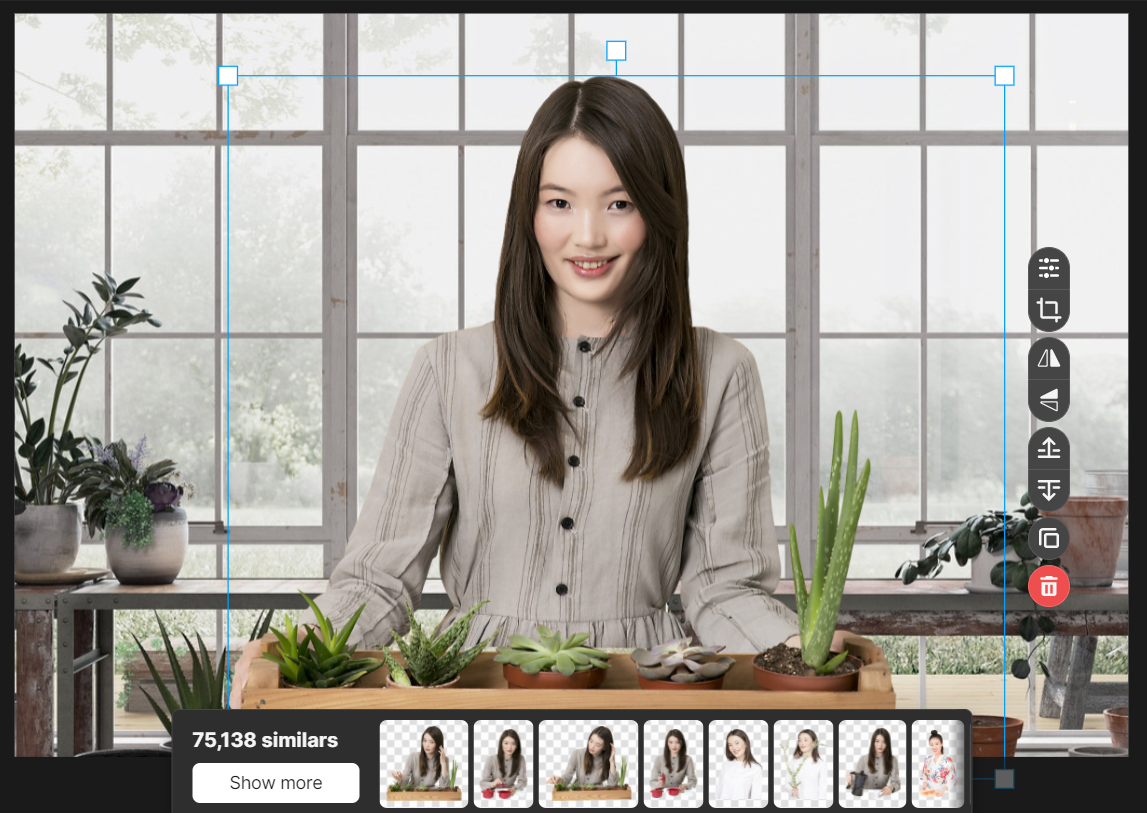
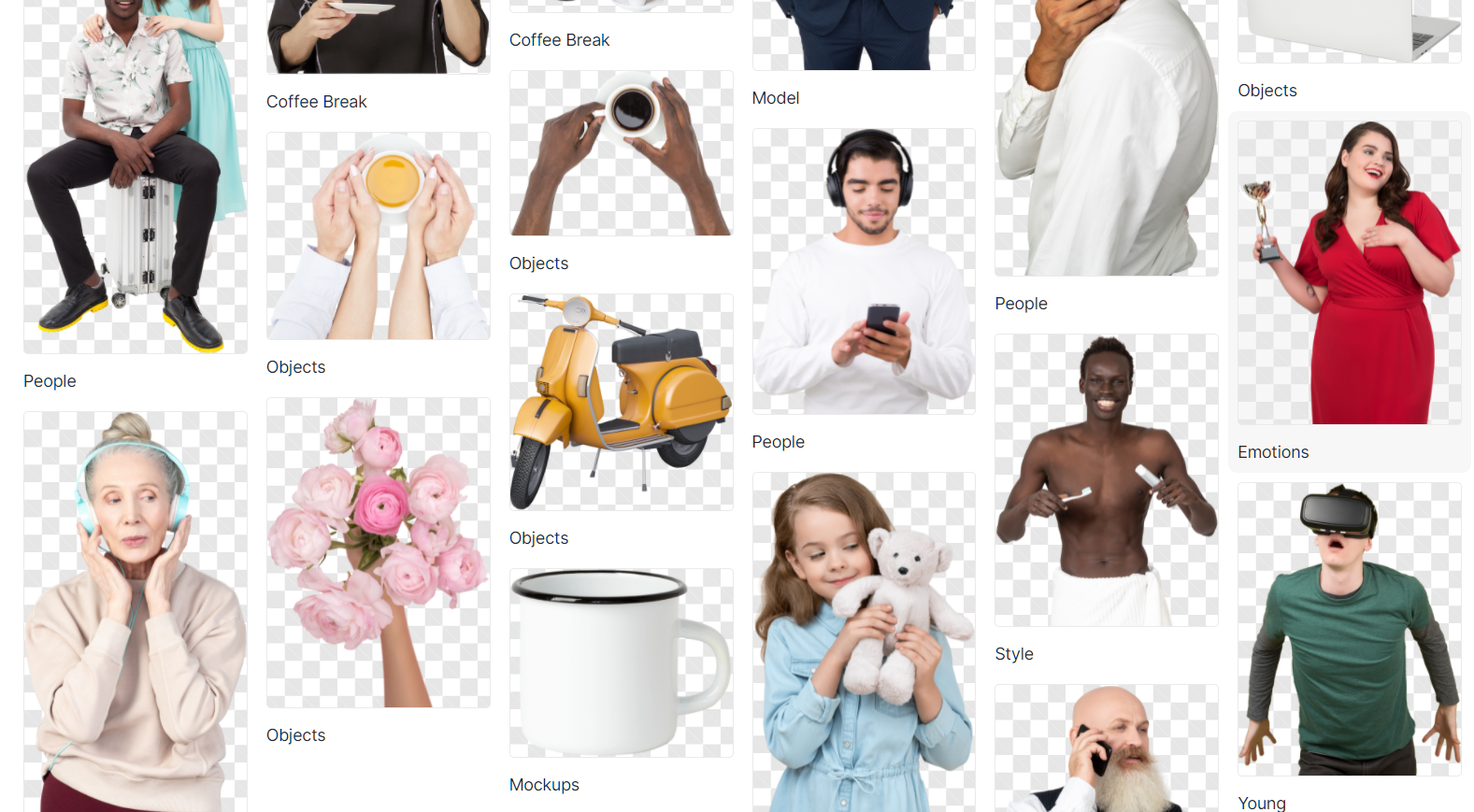
Another example is shooting objects with reflective surfaces. It’s a rather tricky task. Even if it’s a wristwatch or sunglasses — there shouldn’t be any outside reflections. We solve this problem by creating a complex setup of reflectors.
— You’ve mentioned shooting the scenes. How did you manage to get into so many places like a car wash or a hospital with all that equipment?
— Well, sometimes we negotiated with the owners. Some of them let us use their location as a set in exchange for free photos for their campaigns.
But there were times when that approach wouldn’t work. Take an operating room — not the best place for a shooting crew with a bunch of unsterile equipment. In that particular case, we went another way: we bought medical tools, some essential supplies, clothing, and set up a provisory operating table. We even got fake blood!
— Fake blood?
— Yes, they use it in theatrical performances and films. We bought a couple of packs in a props shop. As no one from our crew wanted to be a blood donor. You can’t blame them for that. I’m just kidding. We didn’t ask.
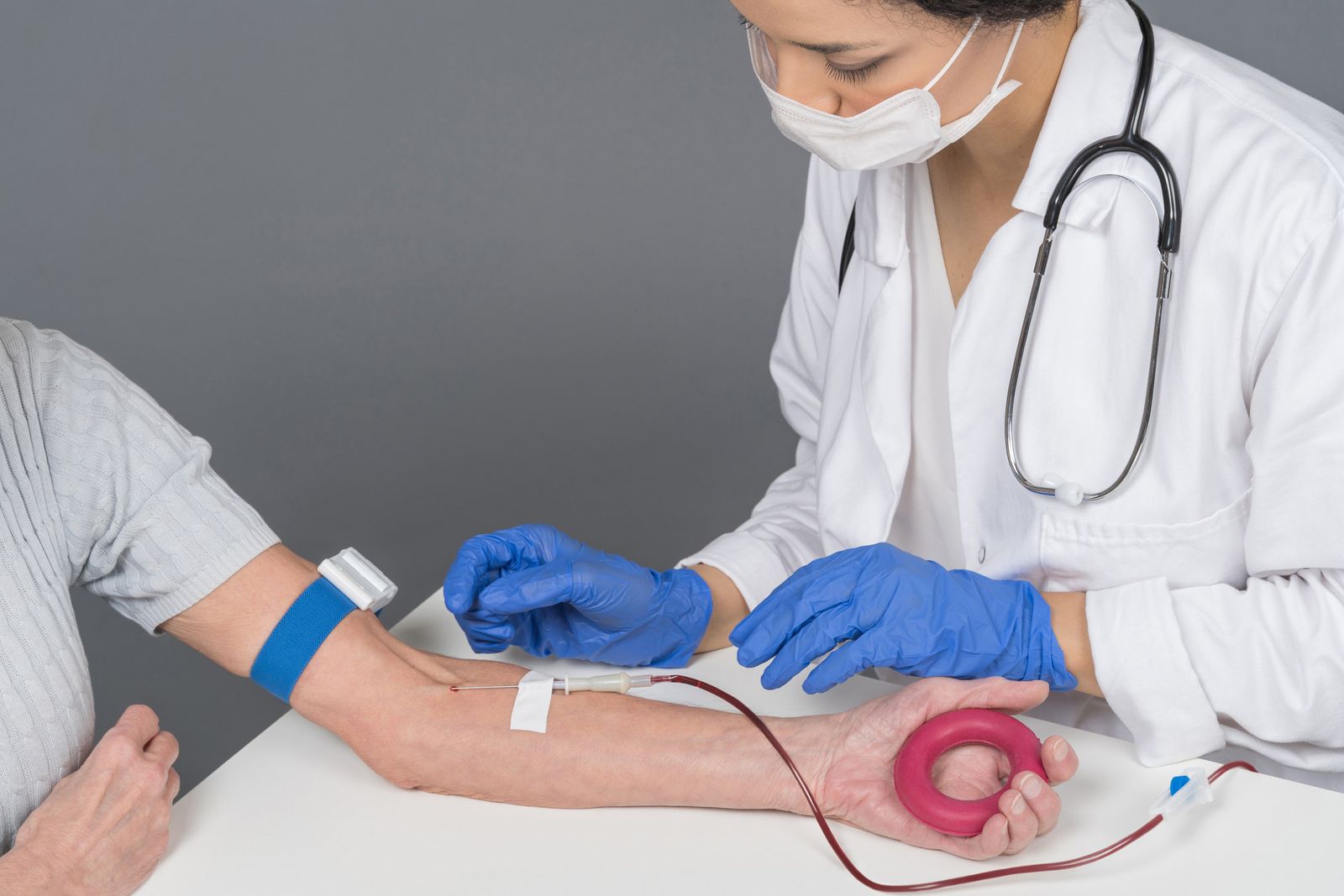
— I spotted a very diverse collection of textures on the website. What are those for?
— Initially, we shot them for photo backgrounds and seamless patterns. You can use those as backgrounds or decorative elements in graphic design for all kinds of visuals like collages, banners, covers, posters, and so on.
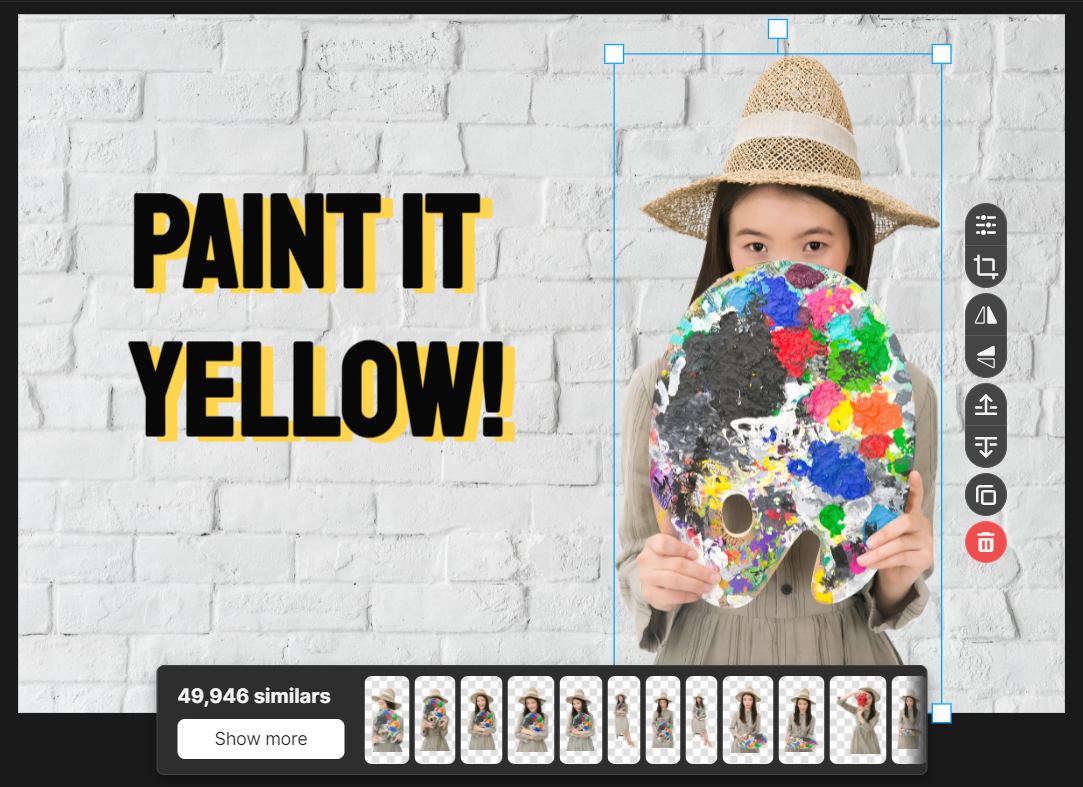
— Where did you shot the textures?
— Everywhere! I’ve traveled with my camera, wandered around the streets of different cities, searched for peculiar surfaces and textures. I’ve been in warehouses, seaports, construction sites, rooftops, climbed rusty communication towers… Nothing illegal, of course.
Once I got into a big warehouse of outfitting materials. I shot all kinds of rare marble slabs there.
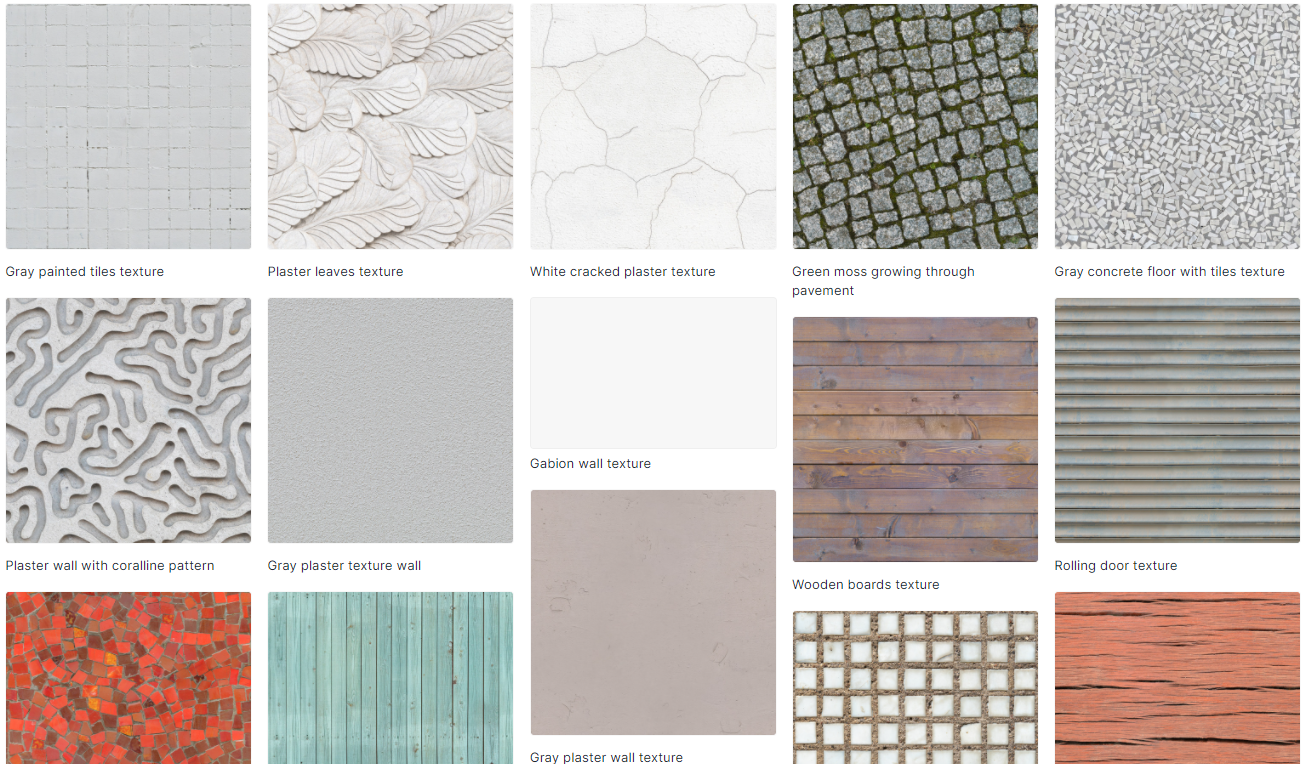
— Is there any specific technique for shooting textures?
— As always, light is the key. I worked on cloudy days most of the time. Clouds work as a giant light diffuser softening the shadows and spreading the light evenly which is extremely important for shooting surfaces.
— What was the most unusual place where you shot the textures?
— Cemetery. I know it may sound weird, but hear me out. I knew there could be rare kinds of stone textures there: cracked marble, old mossy granite. I’m a professional, so, I discarded all the superstitions and got to work as quietly and respectfully as possible.
— You’ve said that initially the textures were meant for photo backgrounds. Do they have any other purpose now?
— Since we turned them into PBR textures, now you can apply any texture from our collection to a 3D model in 3ds Max, Cinema 4D, Blender, or Houdini. PBRs are perfect for interior design purposes, gamedev, or any other creative projects. For instance, you can create a concrete donut, a rusty snowflake, or an ultra-realistic marble butt. Nothing can hold back your creativity here.
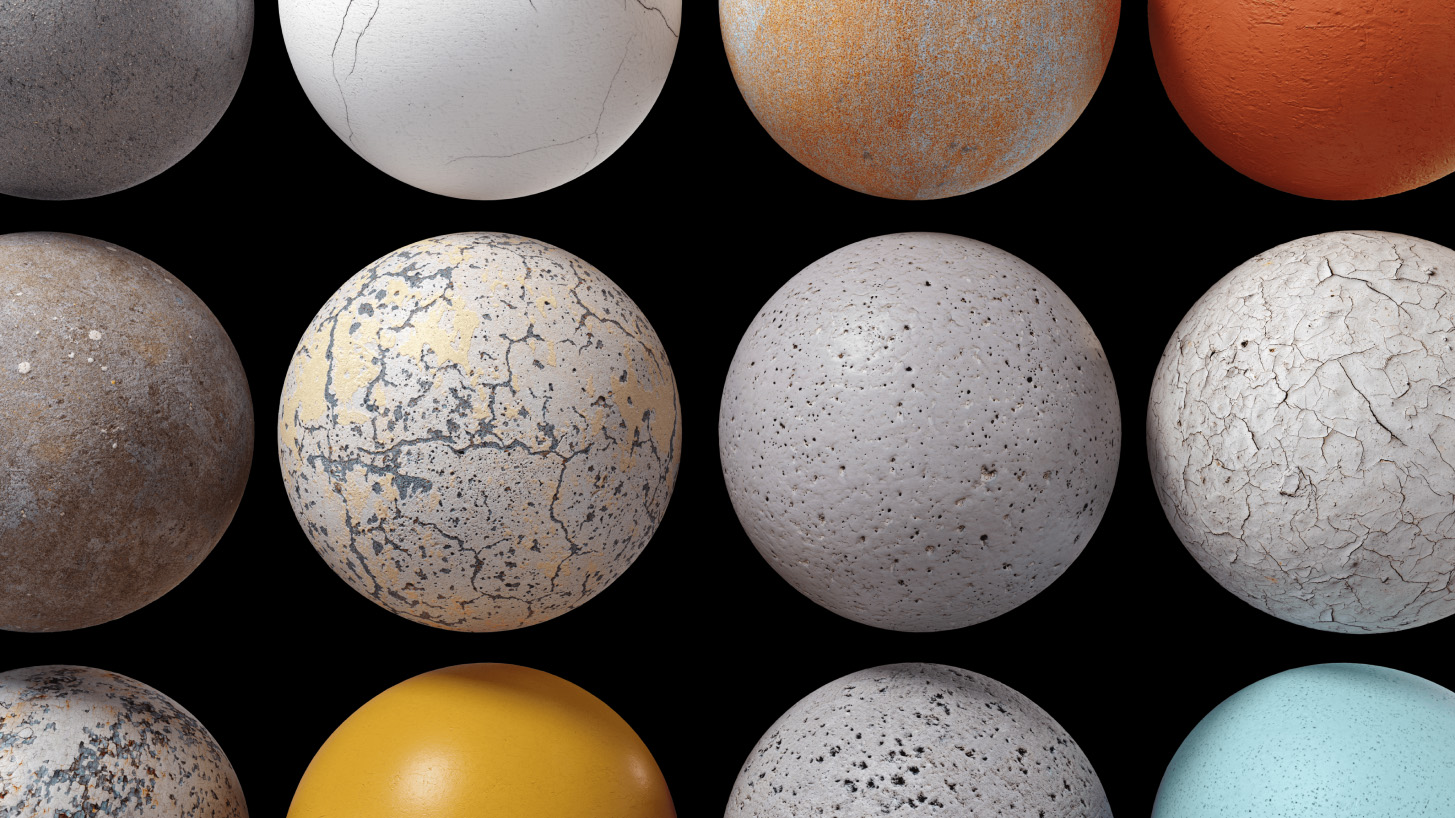
Check out our other articles about photography:
- Ordinary People aka Non-Model Photography: how Generated Photos team shot models to feed the neural network
- Handy Posting and Photography Tips for New Instagram Bloggers: learn how to win the battle for people’s attention
- 5 Tips for Better Close-Up Photography: master the art of making the tiniest things look huge and beautiful
- Generated Photos: Natural Faces, Enhanced Search, AI Diversity: learn more about the populous world of AI-generated people
- Anonymizer: Use Free Generated Photos to Keep Your Identity Safe
About the author and interviewer
Jane Savvy, Icons8 hype manager & social media maniac.